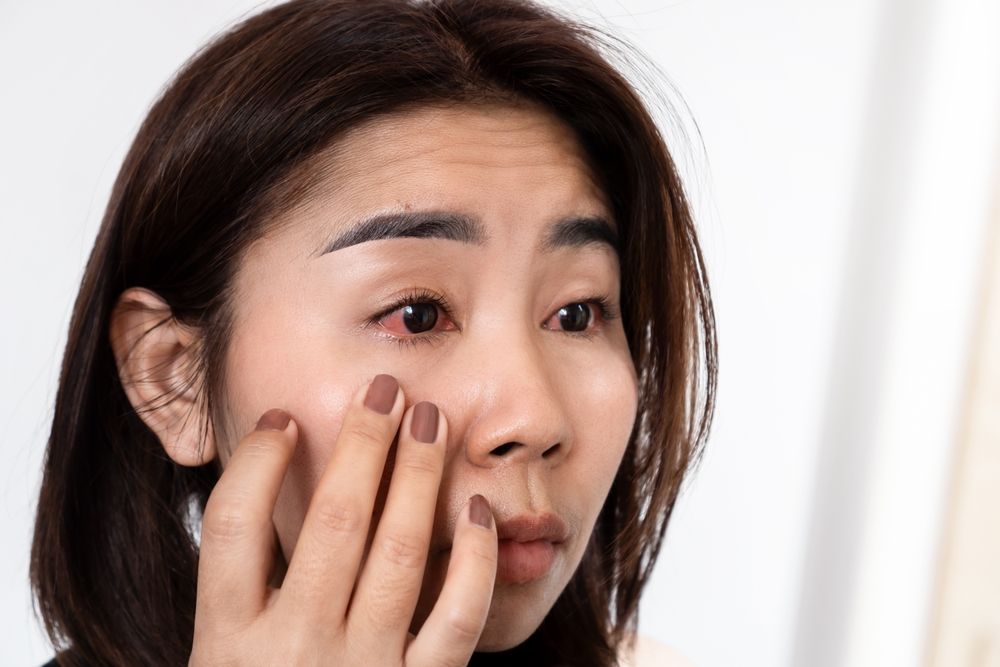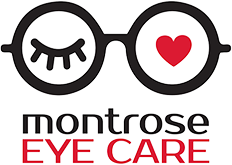
Are you struggling with persistent eye discomfort, dryness, or blurred vision? These symptoms are often linked to Meibomian Gland Dysfunction (MGD), a common condition that can significantly impact your eye health and quality of life. At Montrose Eye Care, our team is experienced in identifying and treating MGD with advanced, individualized care.
What Is Meibomian Gland Dysfunction (MGD)?
Meibomian glands are tiny oil-producing glands located in your eyelids. Their job is to secrete oils that keep your tears from evaporating too quickly. When these glands become blocked or don’t function properly, it’s called Meibomian Gland Dysfunction. This leads to an unstable tear film, often resulting in symptoms of dry eye.
The Link Between Dry Eye and MGD
MGD is the leading cause of evaporative dry eye disease. When the meibomian glands aren’t working as they should, the protective oily layer of your tear film diminishes. This means tears evaporate faster, causing your eyes to feel dry, gritty, or watery. Addressing MGD is crucial for effectively managing chronic dry eye.
Common Signs and Symptoms of MGD
The symptoms of Meibomian Gland Dysfunction can range from mild to severe, and may include:
Dryness or irritation
Burning or stinging sensation
Redness or inflammation
Blurry vision that improves with blinking
Watery eyes
Crusting around the eyelids
If you recognize these symptoms, an evaluation at Montrose Eye Care can help determine if MGD is the root cause.
How We Treat Meibomian Gland Dysfunction
Effective treatment always starts with a precise diagnosis. During your visit, we perform a comprehensive eye exam that includes assessing the health and function of your meibomian glands. Advanced imaging and diagnostic tools allow us to pinpoint the extent of gland blockage or dysfunction and tailor a treatment plan specifically for you.
Our doctors develop personalized treatment plans based on your symptoms, the severity of your condition, and your lifestyle. This approach ensures that you receive the most effective and comfortable care possible.
Forma-I Radiofrequency (RF) Treatment
One of our most advanced options for MGD treatment is Forma-I radiofrequency therapy. This non-invasive procedure uses gentle, controlled radiofrequency energy to heat the eyelids, helping to clear blocked glands and improve oil flow. RF not only targets MGD at its source but also promotes collagen production, supporting eyelid health and overall comfort.
Lumecca-I Intense Pulsed Light (IPL)
For patients with moderate to severe MGD, we offer Intense Pulsed Light therapy using Lumecca-I. IPL delivers pulses of light to the skin around the eyes, reducing inflammation and stimulating the meibomian glands to produce healthy oils. This treatment is especially beneficial for those who also suffer from ocular rosacea or chronic inflammation.
Find Relief from MGD and Dry Eye at Montrose Eye Care
Meibomian Gland Dysfunction can make daily life uncomfortable, but you don’t have to live with persistent dry, irritated eyes. We’re committed to helping you achieve long-term relief with comprehensive evaluations and the latest treatment options tailored to your needs.
If you’re experiencing symptoms of MGD or dry eye, schedule a consultation with Montrose Eye Care to get a personalized assessment and start on the path to healthier, more comfortable eyes. Visit our office in Houston, Texas, or call (713) 300-1477 to book an appointment today.







